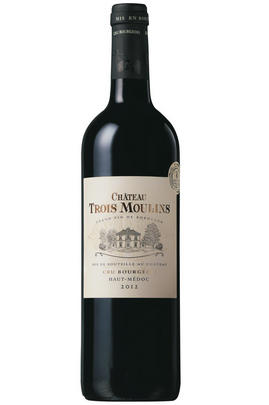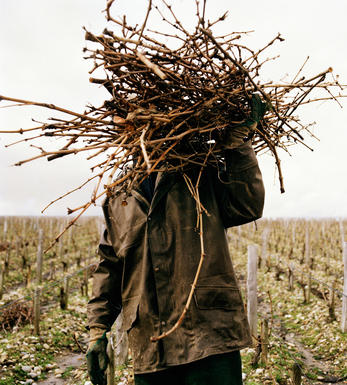
2006 Ch. Cambon la Pelouse, Haut-Médoc

Critics reviews
Robert Parker Wine Advocate #181 Feb 2009
Robert Parker Wine Advocate #181 Feb 2009
About this WINE

Cambon de la Pelouse
Chateau Cambon La Pelouse is one of the oldest producers of wine in the Haut-Medoc region of France, with a history of fine wine that stretches back to the late 17th century.
This 35 hectare Bordeaux vineyard has made an impressive contribution to the reputation of the Medoc sub-region, especially in England. According to the older editions of the Feret Guide, casks of wine from the Chateau Cambon La Pelouse fetched prices of more than £400 in England over the 18th century (a huge sum of money for the time). Certainly, this prestige can only have contributed to the Haut-Medoc region becoming internationally renowned for producing consistently sublime vintages over the coming centuries.
The modern history of the vineyard begins in 1996 when it was purchased by Jean Pierre Marie, who renovated the property and provided it with the best modern equipment. The grapes are still harvested under the “culture raisonnee” method – that is, hand-harvesting, pruning, thinning out of the leaves, green harvesting, and de-stemming to ensure the perfect quality of the fruit. The vines are around 30 years old and planted to a vine density of between 5,000 and 7,000 vines per hectare. The vineyard includes grapes of Merlot, Cabernet Sauvignon and Petit Verdot - grown on deep and gravelly soil. It is the combination of the old vines and soil composition which makes wines from the Chateau Cambon La Pelouse such a success – producing an elegant wine with intense colour, a delicate nose, solid tannins, and a ripe length.

Cabernet Sauvignon Blend
Cabernet Sauvignon lends itself particularly well in blends with Merlot. This is actually the archetypal Bordeaux blend, though in different proportions in the sub-regions and sometimes topped up with Cabernet Franc, Malbec, and Petit Verdot.
In the Médoc and Graves the percentage of Cabernet Sauvignon in the blend can range from 95% (Mouton-Rothschild) to as low as 40%. It is particularly suited to the dry, warm, free- draining, gravel-rich soils and is responsible for the redolent cassis characteristics as well as the depth of colour, tannic structure and pronounced acidity of Médoc wines. However 100% Cabernet Sauvignon wines can be slightly hollow-tasting in the middle palate and Merlot with its generous, fleshy fruit flavours acts as a perfect foil by filling in this cavity.
In St-Emilion and Pomerol, the blends are Merlot dominated as Cabernet Sauvignon can struggle to ripen there - when it is included, it adds structure and body to the wine. Sassicaia is the most famous Bordeaux blend in Italy and has spawned many imitations, whereby the blend is now firmly established in the New World and particularly in California and Australia.


Buying options
Add to wishlist
Description
This large vineyard in Macau (near Cantemerle and Giscours, not Hong Kong) produces a blend of 50% Merlot, 35% Cabernet Sauvignon, 13% Cabernet Franc, and 2% Petit Verdot. It is a consistent choice among shrewd wine consumers looking for good value from Bordeaux. The deep ruby-colored 2006 exhibits sweet red and black currant aromas intermixed with notions of toasty oak, damp earth, and spice. Richly fruity, soft, and round.
Robert Parker Wine Advocate #181 Feb 2009
wine at a glance
Delivery and quality guarantee